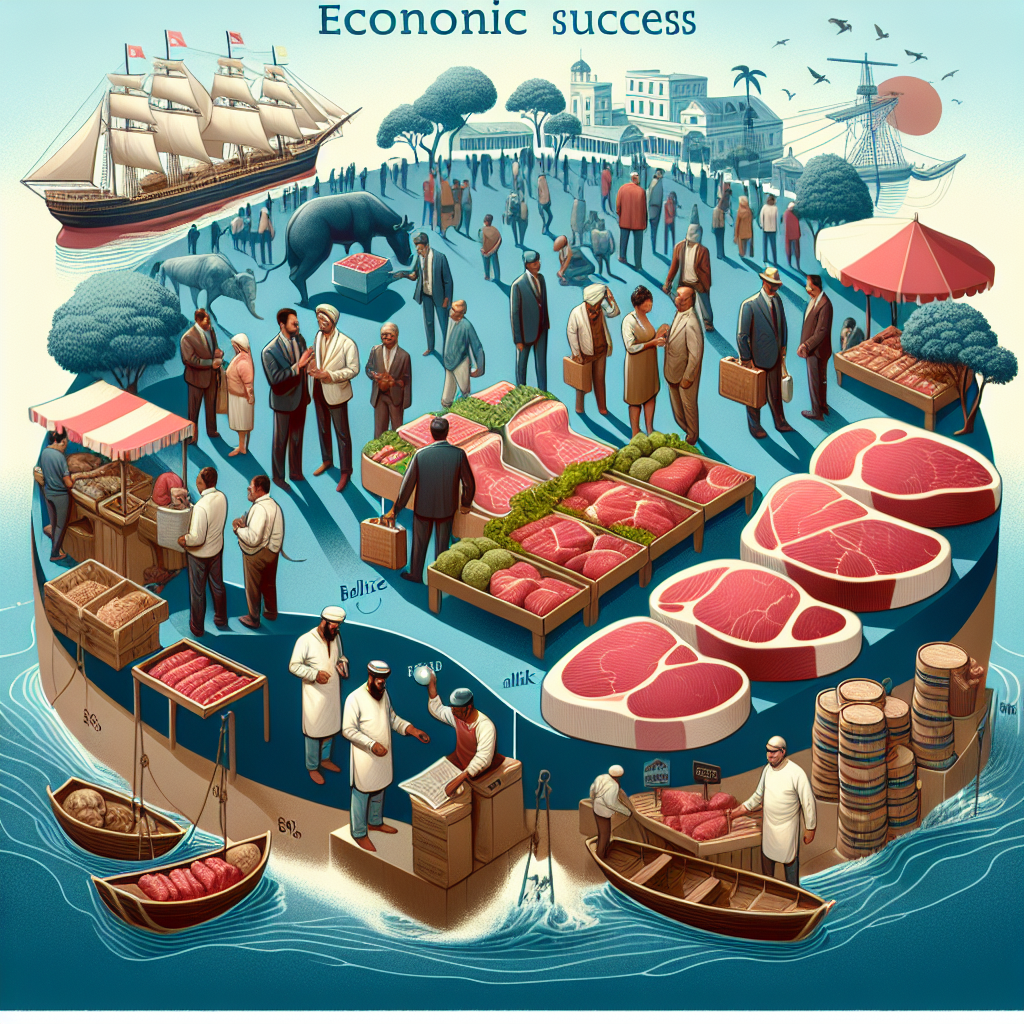
From Farm to Shore: Exploring the Journey of Pineapples to the Beach
From Farm to Shore: Exploring the Journey of Pineapples to the Beach
There’s nothing quite like enjoying a juicy slice of pineapple while basking in the sun on a pristine beach. But have you ever stopped to think about the journey this tropical delight undertakes before it reaches your beach bag? The story of the pineapple’s journey from farm to shore is as rich and fascinating as its sweet-tart flavor.
The Origin: Cultivating Pineapples
The journey of a pineapple begins in the warm, tropical climates where these fruits thrive. Pineapples are predominantly cultivated in regions like Costa Rica, the Philippines, Thailand, and parts of Africa and Latin America. These areas provide the perfect combination of climate and soil conditions that pineapple plants need to flourish.
Pineapple cultivation is labor-intensive. It starts with planting the crowns, suckers, or slips of the plant into well-prepared fields. Farmers then tend to these plants for 18-24 months before the first harvest. The process requires patience and skill, as factors like pests, soil health, and weather conditions need to be closely managed.
Harvesting: Picking at Peak Ripeness
When the pineapples reach their peak ripeness, it’s time for harvesting—a delicate task that involves assessing each fruit’s size, texture, and color. Pineapples are picked by hand to ensure minimal damage to the fruit and to the rest of the plant, which can go on to produce more fruits.
Once harvested, the pineapples are transported to packing facilities where they undergo a thorough inspection. Only those meeting size and quality standards are selected for export. The fruits are then cleaned, sorted, and packed into crates specially designed to protect them during shipping.
The Journey: From Field to Freight
Pineapples are then transported from the fields to ports, where they begin their ocean journey to international destinations. Shipping pineapples requires careful logistics to ensure that they remain fresh for the duration of their journey. They are typically kept in refrigerated containers to prevent over-ripening and to maintain their sweet flavor.
En route, these vessels navigate vast oceans before reaching ports in consumer markets like the United States, Europe, or Asia. Upon arrival, the pineapples are unloaded and transported to distribution centers, where they are then dispatched to supermarkets, grocers, and eateries.
The Destination: Pineapples on the Beach
After this extensive journey, pineapples finally reach their destination—local stores and markets. Consumers, eager to enjoy this tropical treat, purchase pineapples to indulge in their sweet taste at picnics, barbecues, or most iconically, at the beach.
On the beach, pineapple can be enjoyed in a variety of ways: sliced and eaten fresh, blended into a tropical smoothie, or offered as a garnish for cocktails. Its vibrant flavor and refreshing nature make it a perfect complement to the sun and sea.
The Cultural Connection: Symbolism and Celebration
Beyond its role as a delicious snack, pineapple also holds cultural significance in many beach communities. Often seen as a symbol of hospitality, the pineapple has become synonymous with tropical greetings and warm welcomes. In some coastal destinations, local festivals celebrate pineapples with parades, music, and culinary events, highlighting their cultural and economic importance.
Conclusion: From Farm to Shore
From the dedicated farmers who cultivate the fields, to the intricate logistics that ensure their safe arrival, the journey of a pineapple from farm to shore is a remarkable tale of agriculture, commerce, and culture. The next time you relax by the ocean and savor a ripe piece of pineapple, remember the fascinating journey it embarked upon to join you in enjoying the simple pleasures of life by the water.



